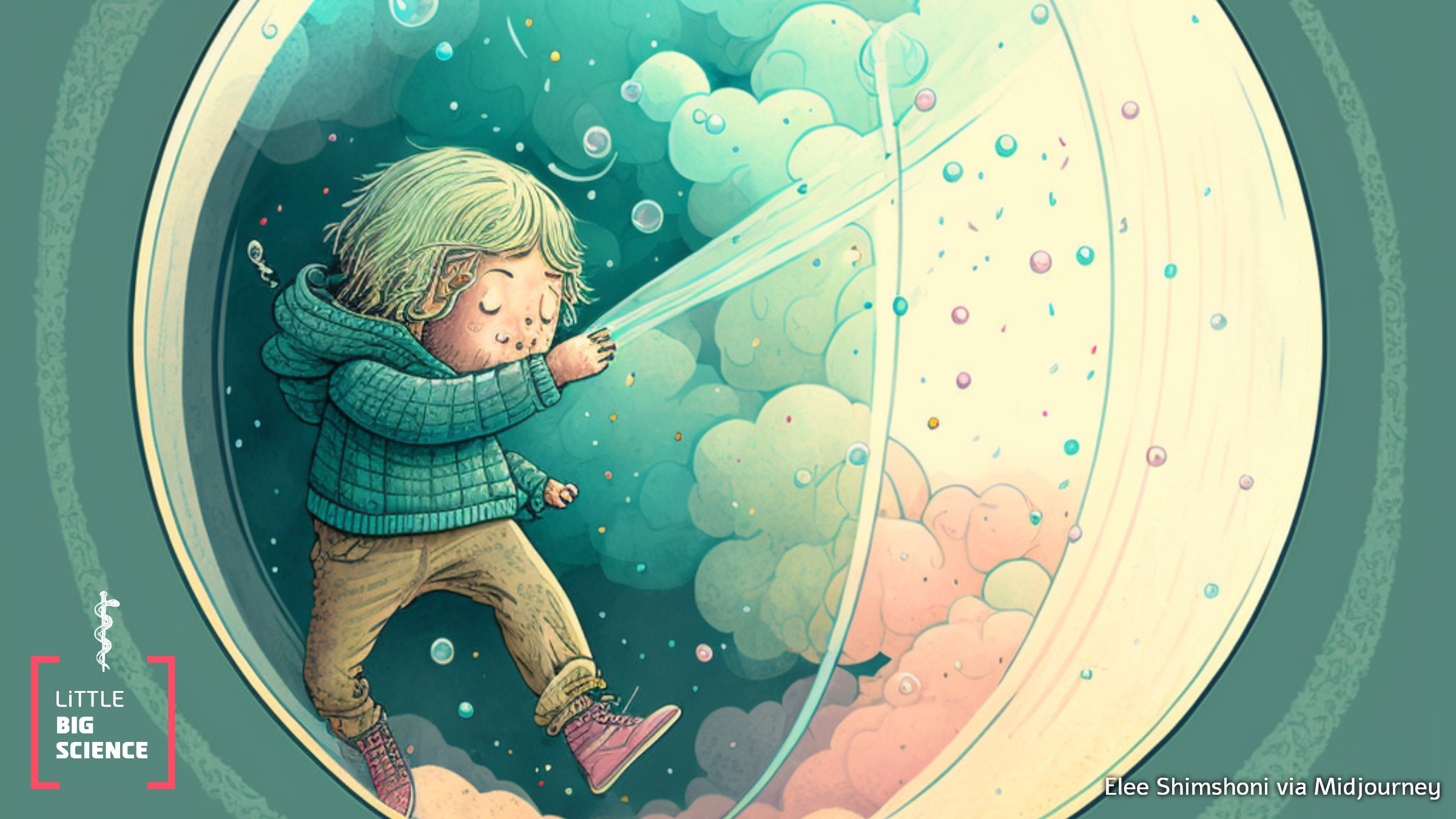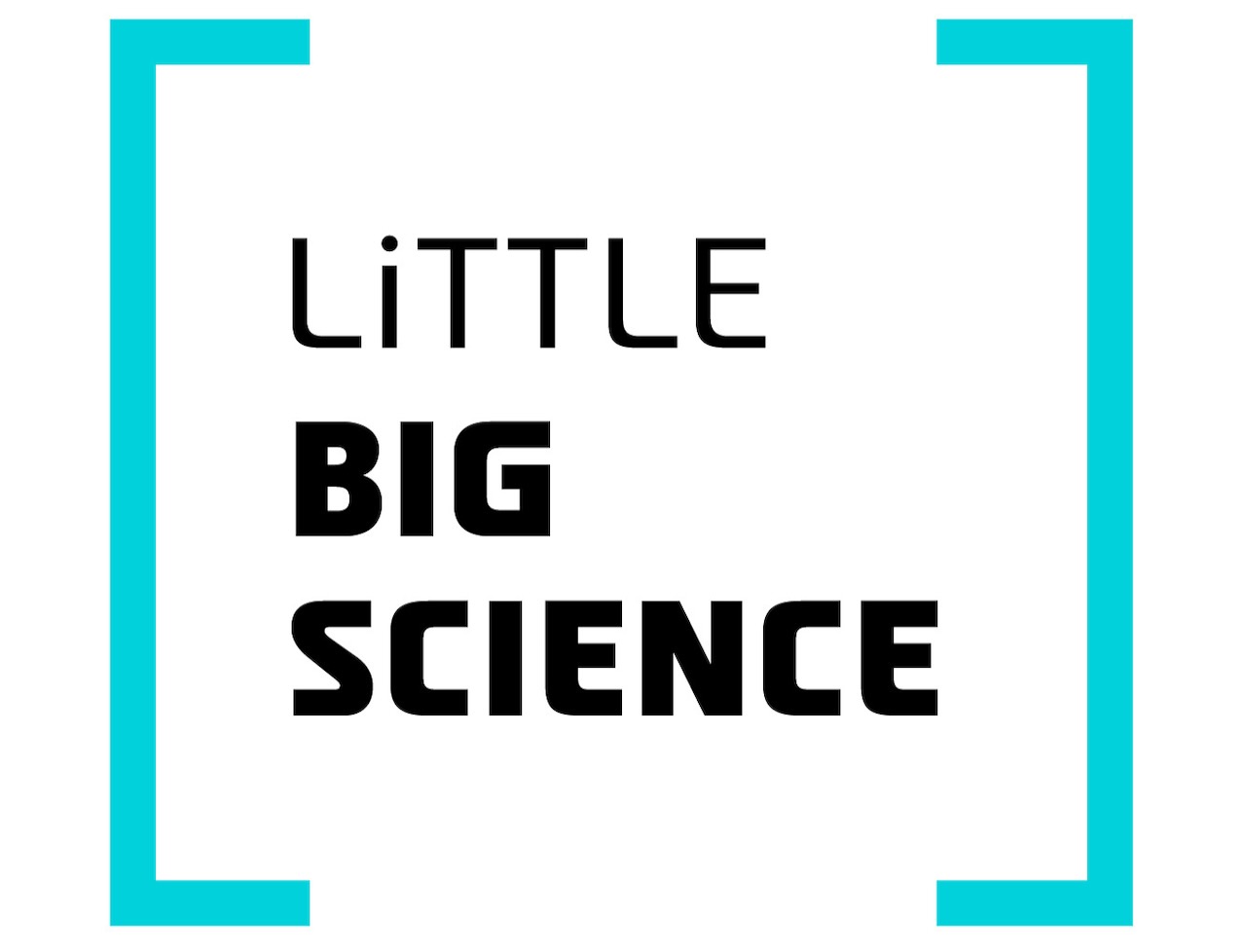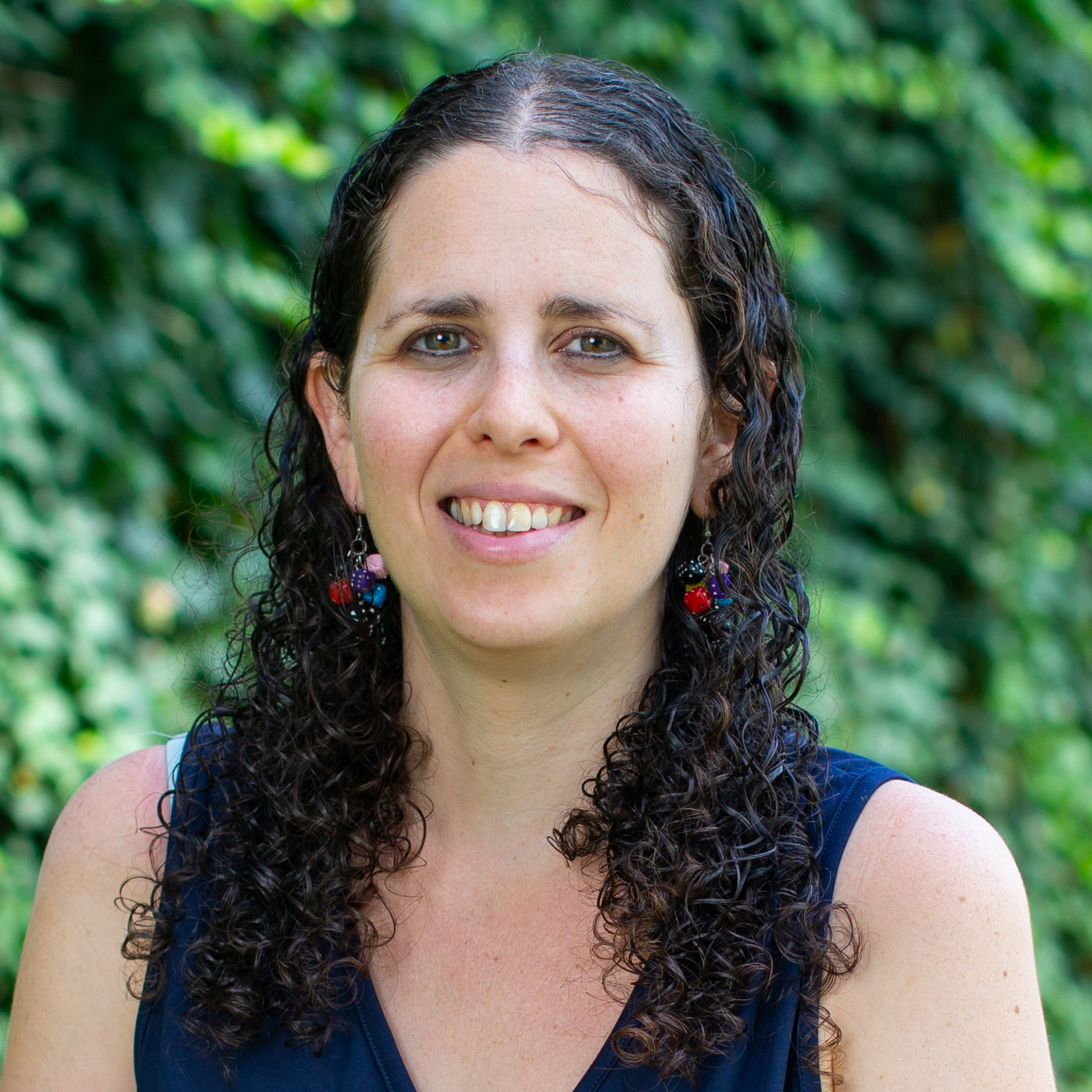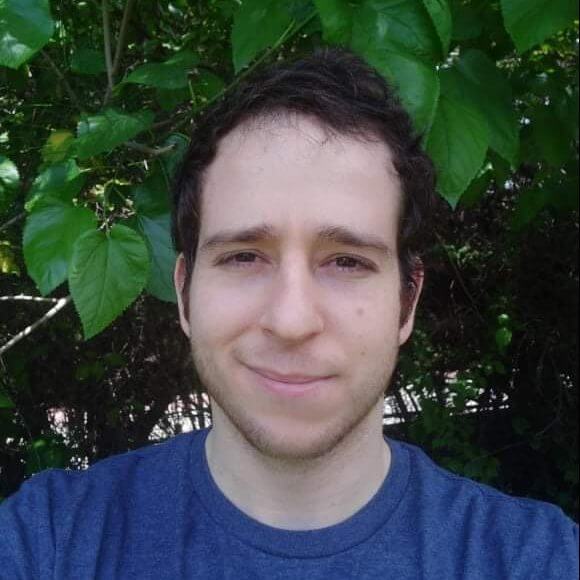
Successful clinical trial in “bubble children,” who carry a mutation in a protein essential for forming a functional adaptive immune system capable of combating infections: researchers engineered bone marrow cells from the affected children so that they express the missing protein, thereby significantly improving their chances of fighting infections.
Advertisement
"The Bubble Boy" from the TV show Seinfeld is not merely a fictional character who takes trivia games far too seriously, but a tribute to a child named David Vetter, who was born in the 1970s and suffered from a disease called Severe Combined Immunodeficiency (SCID). In an attempt to save his life, David spent his years inside of a kind of space suit that isolated him from the environment (“bubble”), so he had no direct contact with the outside world. He died at age 12 from an infection that had been hiding in his sister’s bone marrow and reached him through a transplant that was meant to cure him [1].
Our immune system consists of two main arms—innate and adaptive—that depend on one another and collaborate to function properly and protect us from infections. The innate immune system is the first line of defense and its primary role is to identify foreign entities that are not part of the body. By contrast, the adaptive immune system learns to recognize specific pathogens (disease-causing agents like viruses and bacteria) a person encounters throughout life and can generate a precise, focused response against the invader. It can also remember past intruders and improve the response so that, if we meet them again, they cannot harm us. David and children born with SCID completely lack an adaptive immune system, so any exposure to a pathogen can be fatal [2].
Precise, targeted recognition of specific pathogens is possible thanks to the diverse receptors generated in B and T cells, the key players in the adaptive immune system. B cells can secrete their receptors and thereby neutralize pathogens. These secreted receptors are called antibodies, such as those detected in blood tests to assess whether someone is vaccinated or has been exposed to a particular disease. T cells use their receptors for many tasks, including identifying body cells infected by a pathogen and eliminating them.
Because a person can encounter an enormous variety of pathogens throughout their lifetime life, the receptors produced in B and T cells must have countless potential configurations. This requirement is met by an extraordinary system—gene editing that occurs in immature B and T cells. The process involves breaking, “shuffling,” and reassembling our DNA. In this way, each cell acquires instructions for producing a unique receptor chosen from among billions of possibilities, and only those cells that truly recognize pathogens will mature and proliferate.
A mutation in one of the proteins involved in this editing, a protein called Artemis whose job is to repair DNA breaks, causes a particularly rare form of SCID. The mutation is most common in certain Native American tribes in the United States. Bubble children are usually treated with a bone-marrow transplant from a relative (such as a sibling), but in the case of the Artemis mutation, the success rate of such transplants is extremely low.
Diseases caused by a specific mutation in a single gene are good targets for gene-therapy approaches, in which the malfunctioning gene is “fixed” to restore normal function. Gene therapy has returned to clinical trials in recent years after a hiatus that followed a tragic incident twenty years ago, which raised fundamental ethical and methodological problems [3]. One of the lessons learned from that failed trial is that, when embarking on gene-therapy research, the disease chosen should allow the gene correction to be performed outside the patient’s body.
In a new study, a clinical gene-therapy trial was conducted in ten children with the Artemis mutation, repairing the defect in their bone-marrow cells and thereby restoring their adaptive immune function [4]. The children’s bone-marrow cells were removed and treated in the laboratory. Bone marrow contains stem cells that can give rise to various blood-cell types, including those of the adaptive immune system. Correcting these cells enables the production of all the cell types whose function is impaired by the mutation. The researchers inserted a functional copy of Artemis into the extracted cells using genetic engineering, and the engineered cells were then re-infused into the children. The investigators followed the children for about two years and observed that they began to produce normal B and T cells, with relatively few side effects.
Most of the children achieved normal T-cell levels within 12 months. B cells, which produce antibodies, required nearly two years to reach normal levels. In four of the children, the B-cell results were so good that the clinical team decided they could stop receiving external antibody infusions that they have been receiving to compensate for their lack of B cells.
The researchers note that continued monitoring of the treated children is necessary to ensure that long-term side effects do not arise and that their new adaptive immune systems continue to function. In any case, this is exciting news for children whose infancy until now has involved many hospital visits and considerable suffering, and most of whom died at a young age. Although this study focused on a solution for a rare disease, it provides further proof of the remarkable progress in gene-therapy research and highlights its tremendous potential for curing genetic disorders.
Hebrew Editing: Smadar Raban
English Editing: Elee Shimshoni
References:
[1] Description of the film about the Bubble Boy, David Vetter
[2] General overview about the immune system from Johns Hopkins Medicine








